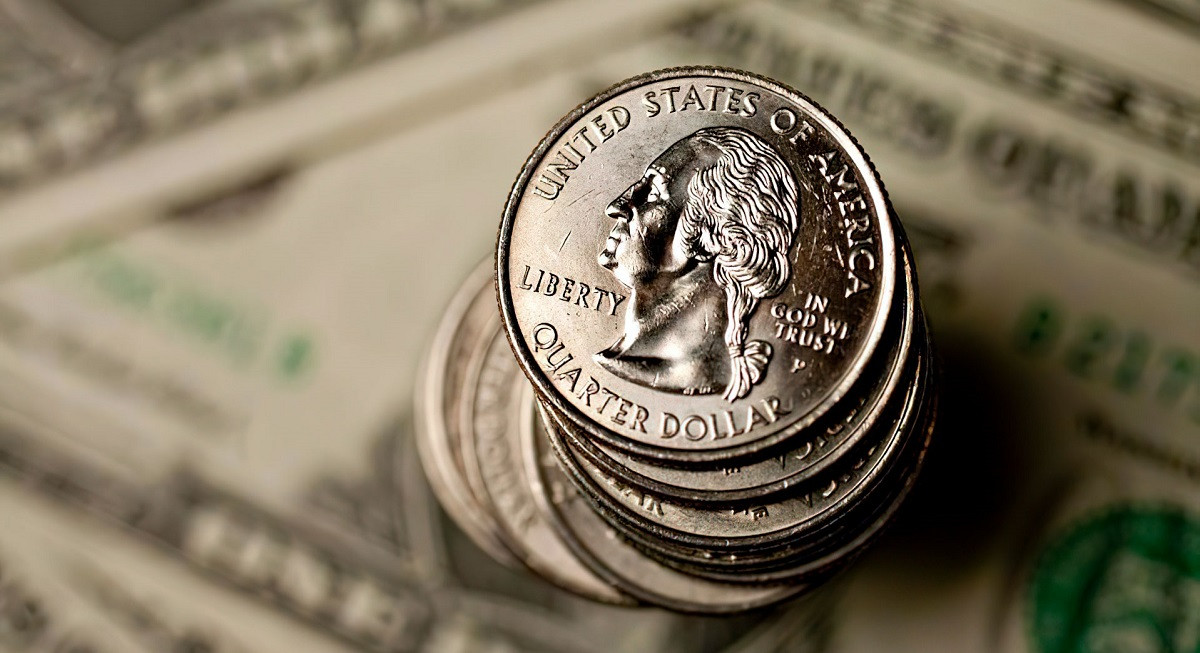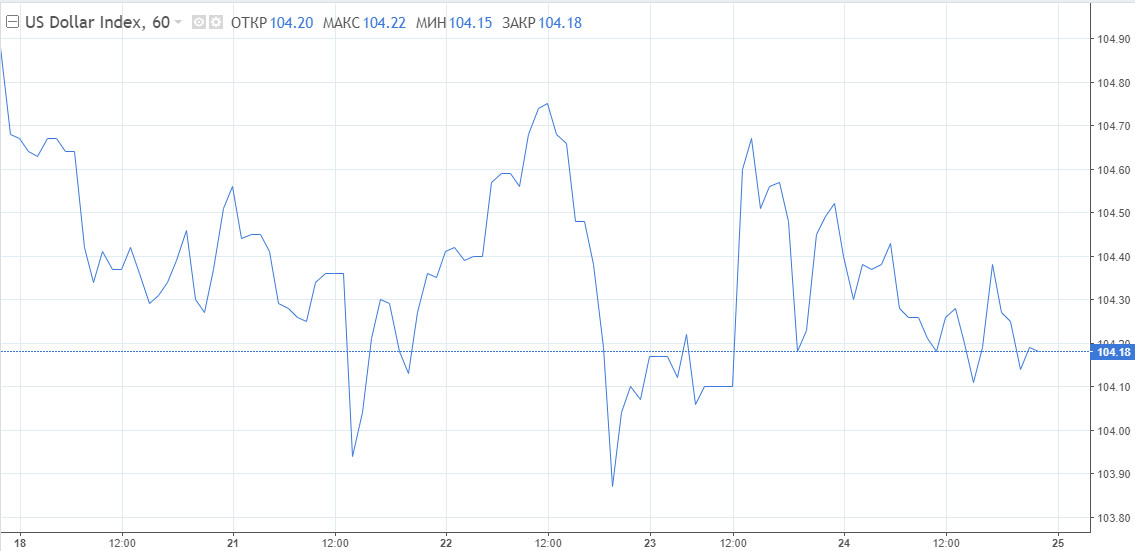
Wall Street hopes to end the week on an upbeat note. It seems that market players are beginning to adapt to the harsh rhetoric of the Federal Reserve and, as a result, the emergence of a recession. Thursday's data pointed to a worsening macroeconomic environment, with Fed Chairman Jerome Powell signaling a tougher approach in upcoming meetings and warning of a possible rise in unemployment.
What does this mean for the markets, in particular for the dollar?
There have been speculations that expectations about the scale of the rate hike have reached their peak. Now market players may be witnessing a turning point. Most importantly, all this made currency analysts assume that the US currency will pass the peak. Or at least the dollar is very close to that moment.
Evidence base
Judging by the positioning of the money market, expectations about the number and total amount of increases by the Fed, the European Central Bank and the Bank of England reached their climax last week. The highest rate in the US is now estimated at 3.4% compared to 4.1% before the decision at the last meeting. This may be due to unexpectedly weak PMI data, which led to a decrease in treasury yields, a fall in the dollar and an increase in stock markets.
ECB rates are also expected to decline. Markets are currently pricing at 1.8%, below the peak of 2.6% last Tuesday. Here, as in America, the trigger was disappointing data on the business activity index in the euro area.
The situation is similar in the UK. Now the BoE is expected to raise the rate to a peak of 3% compared to 3.6% last Monday.
The shift in all these expectations is visible in the fall in the yields of government securities.
The inevitability of a recession, as we can see, has eclipsed the aggressive expectations of the major central banks tightening. Investors began to lower their forecasts for final rates. Investors are now looking to the Fed to make some aggressive increases in the near term and then complete its cycle before starting to cut rates again.
Other major central banks cannot afford to lag behind the US central bank, so they are very likely to follow a similar path.
The dollar will now have a difficult time. If expectations of a rate hike do not get higher, it is unlikely to be able to maintain an upward momentum. This will allow currencies such as the pound and the euro to recover.
If in the coming weeks, market players are finally convinced that the Fed has reached the peak of hawkish behavior, a sell off will begin for the dollar. Thus, overbought and overvalued current rates will be removed.
In the meantime, the US dollar index prolongs the consolidation phase above 104.00. Losses are coming, but quite modest. In case of a breakthrough of this level, the nearest target for the bears will be the value of 103.40.
As long as the rate is above 102.00, nothing threatens the upward dynamics of the dollar.
Ideally, the US dollar should break the weekly high around 105.00 in the near term to allow the recovery to gain momentum. Further, the road will be opened to the 105.80 zone, which is almost a 20-year high.

It is difficult for the euro to accelerate, despite the dollar's pessimism. The single currency has a rather complicated internal picture. It is difficult to attract bulls at a time when investors are reassessing the prospects for ECB policy. The EUR/USD pair entered a consolidation phase above the 1.0500 level.
The 1.0500 level acts as dynamic support, followed by 1.0470 and 1.0400 (psychological level). Resistances are located at 1.0560, 1.0580 and 1.0600 (psychological level).






















